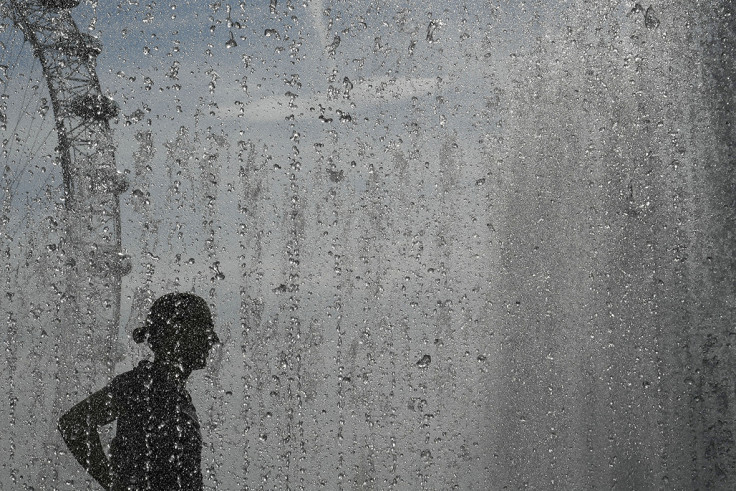As temperatures rise, humidity and heat stress could break human endurance in the coming decades
A study has found that humidity will make it too hot for people to work outdoors and in some cases, even survive.

Scientists have predicted a gradual increase in global temperatures over the coming years, but one important factor – humidity – that increases the intensity of heat waves has often been ignored. A new study has now predicted how effects of humidity, along with rising temperatures, will adversely affect people living in the tropical regions.
The study has found that humidity will make it impossible for people to work and in some cases, it might become too hot for people to even survive.
In regions that do not have direct access to air conditioning and in places where people tend to work outdoors, things might get so bad that it would affect economic activity, notes a report by Science Daily.
"The conditions we're talking about basically never occur now – people in most places have never experienced them," said lead author Ethan Coffel, of Columbia University's Lamont-Doherty Earth Observatory. "But they're projected to occur close to the end of the century."
Regions that are most likely to be affected are the South-eastern areas of the US, the Amazon basin, Western and Central Africa, Southern Middle East, the Arabian Peninsula and Eastern China. The region with the "highest global risk" in terms of population affected will be Northern India, researchers have found.
Using a "wet bulb" – draping a water-soaked cloth over a thermometer – researchers were able to calculate the effects of humidity as well as heat. They used the current data to create future models. According to them, by the 2070s high wet bulb temperature periods that occur once a year could go on for 100 to 250 days a year in some places, especially in the tropics.
Right now, wet bulb temperatures that reach 29 to 30 degrees Celsius could extend 25 to 40 days a year by the 2070s and 2080s. Experiments have shown that wet bulb readings above 32 degrees is the threshold beyond which people would have trouble working outdoors. These levels are rarely reached in any part of the world right now, say the researchers.
"Lots of people would crumble well before you reach wet-bulb temperatures of 32 C, or anything close," said coauthor Radley Horton, a climate scientist at Lamont-Doherty. "They'd run into terrible problems." Horton said the results could be "transformative" for all areas of human endeavor -- "economy, agriculture, military, and recreation."
Wet bulb reading of 35 degrees is roughly equal to the skin temperature of humans and once this is exceeded, it could lead to death.
Rising global temperatures are set to change precipitation patterns rendering certain dry areas even drier. At the same time, this will cause the hot atmosphere to hold even more water than it does in other regions. This means that chronically humid areas along coasts, or parts that are hooked into humid weather patterns, will continue to get even more humid, says the report.
Dry heat is less oppressive than humid heat, explains the report. This is because mammals like humans cool their bodies down by sweating. In dry deserts, this works fine because sweat readily evaporates and this keeps the body temperature regulated. In a muggy or humid place, there is already a lot of water in the air and this will not allow evaporation off the skin. As the cooling process has been blocked off, core body temperature starts to rise.
If artificial air conditioning is not present, it puts a strain on the internal organs and they might start to fail after a point. This in turn leads to lethargy, sickness, and in the worst cases, death by heatstroke.
"It's not just about the heat, or the number of people. It's about how many people are poor, how many are old, who has to go outside to work, who has air conditioning," said study coauthor Alex deSherbinin of Columbia's Center for International Earth Science Information Network.
The study is published in the journal Environmental Research Letters.





















